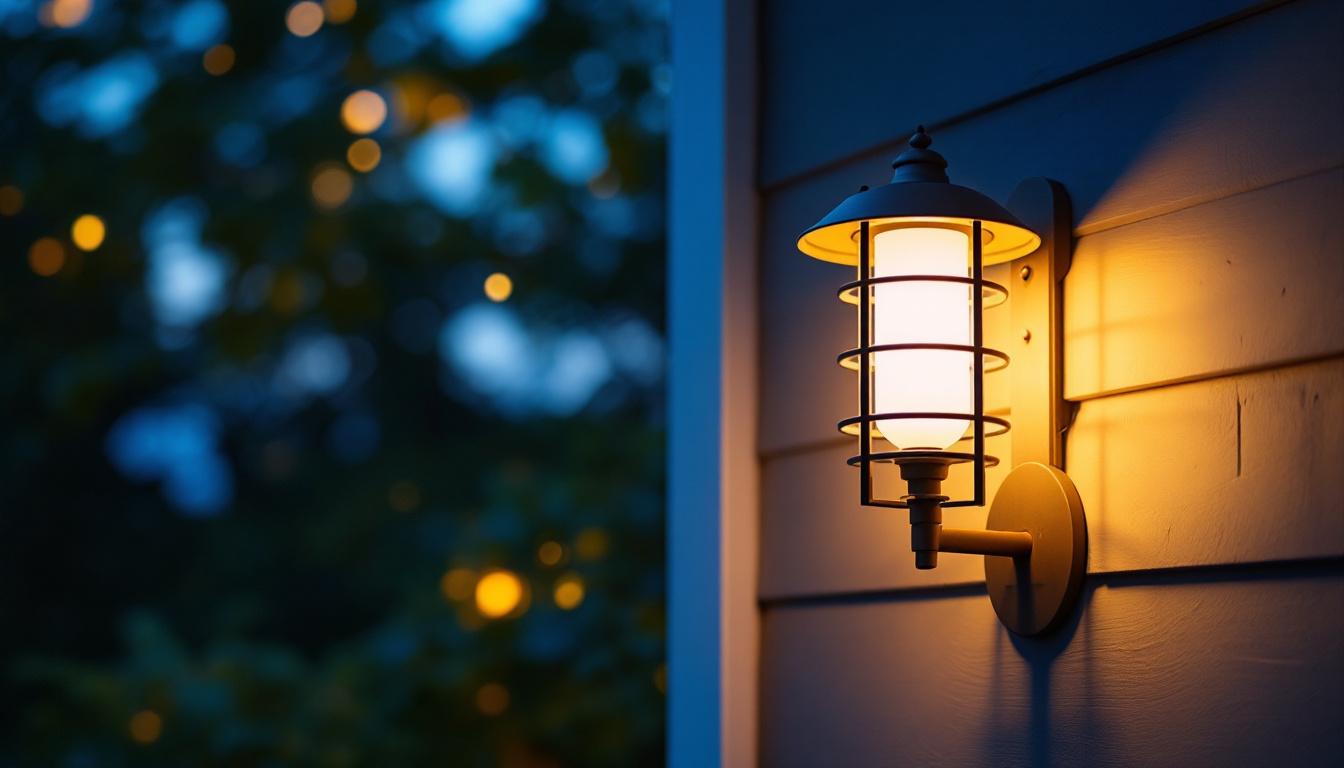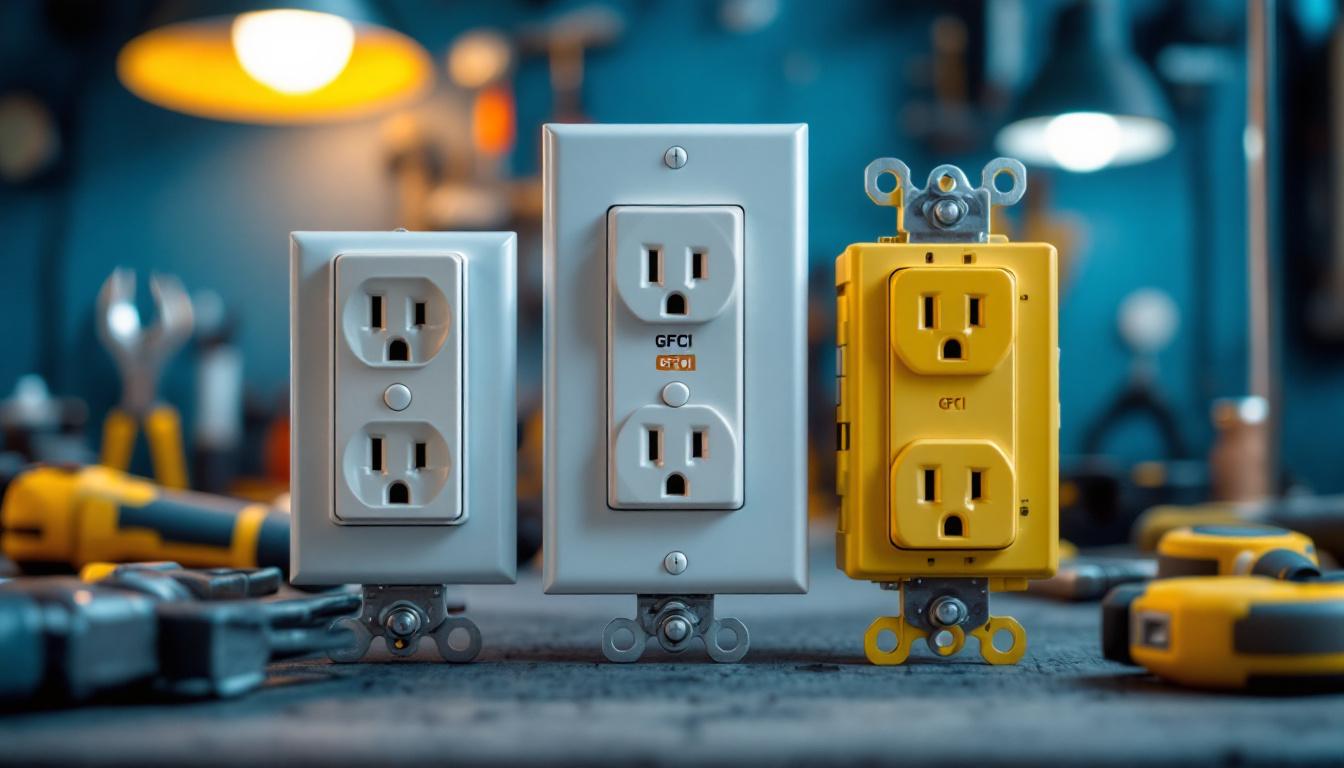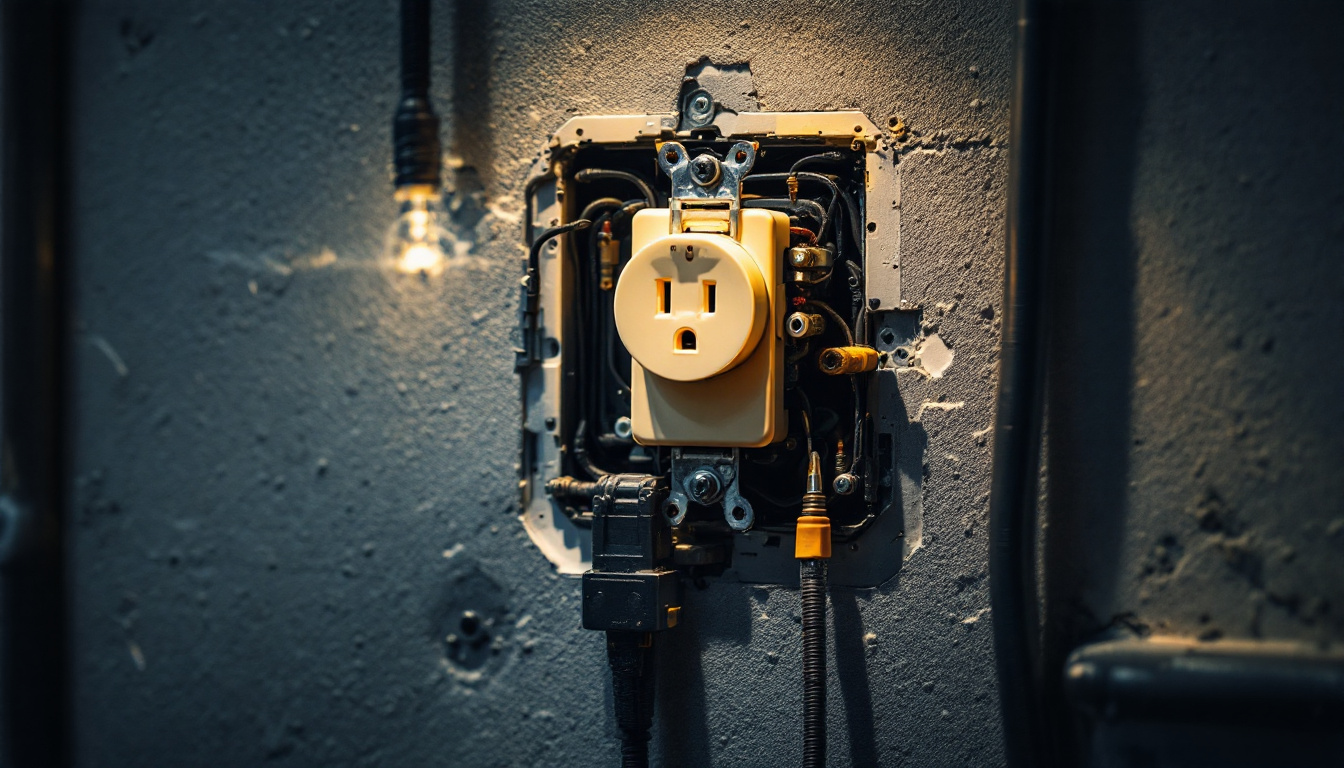
Back porch light fixtures are more than just a decorative element; they play a critical role in safety, security, and functionality for residential properties. For lighting contractors, ensuring these fixtures comply with relevant codes and standards is essential to avoid costly rework, legal issues, and to guarantee customer satisfaction.
Compliance is not merely about meeting minimum requirements; it’s about delivering quality installations that enhance the homeowner’s experience while adhering to regulations. With evolving building codes and increasing emphasis on energy efficiency and safety, contractors must stay informed about the latest compliance mandates relevant to exterior lighting.
Non-compliance can lead to serious consequences, including failed inspections, fines, and potential liability if a fixture causes harm or damage. Additionally, many municipalities have strict guidelines for outdoor lighting to reduce light pollution and energy consumption, which contractors need to incorporate into their designs.
Furthermore, compliance ensures that the lighting fixtures are safe to operate in outdoor environments, often exposed to moisture, temperature fluctuations, and physical impact. Using fixtures that meet the right certifications guarantees durability and reduces maintenance calls.
Moreover, adhering to compliance standards can significantly enhance a contractor’s reputation in the industry. Homeowners are increasingly aware of the importance of energy-efficient solutions, and showcasing a commitment to compliance can set a contractor apart from competitors. By using compliant fixtures, contractors not only ensure safety but also promote sustainable practices that resonate with environmentally conscious clients. This can lead to more referrals and repeat business, as satisfied customers are likely to recommend services that prioritize quality and safety.
In addition to safety and reputation, compliance can also influence the overall design and functionality of back porch lighting. Many modern fixtures come with advanced features such as smart technology, which allows homeowners to control lighting remotely, set schedules, or even adjust brightness levels based on the time of day. However, these features must also comply with local codes to ensure they operate safely and efficiently. By staying updated on compliance requirements, contractors can effectively integrate these innovations into their designs, providing homeowners with both aesthetic appeal and enhanced convenience.
To effectively navigate compliance, lighting contractors must be familiar with the primary codes and standards that apply to back porch lighting installations. These include electrical codes, energy codes, and local ordinances.
The National Electrical Code (NEC) is the foundational standard for electrical installations in the United States. For back porch fixtures, contractors should pay close attention to:
Adhering to these NEC provisions is non-negotiable for safety and inspection approval. Additionally, contractors should consider the potential for future upgrades or changes in lighting technology. As innovations in smart lighting and energy-efficient solutions continue to evolve, understanding how these advancements fit within the NEC framework can enhance both the functionality and safety of outdoor lighting systems.
Energy codes such as the International Energy Conservation Code (IECC) and standards from the Department of Energy (DOE) influence the types of lighting fixtures permitted for outdoor use. Key considerations include:
Contractors should verify local energy codes to select compliant fixtures and controls. Furthermore, the integration of smart lighting technology can play a significant role in enhancing energy efficiency. By utilizing programmable systems that adapt to natural light levels and occupancy patterns, homeowners can not only reduce their energy bills but also contribute to a more sustainable environment. This dual benefit underscores the importance of staying informed about the latest advancements in energy-efficient lighting solutions.
Beyond national codes, local regulations can impact fixture selection and placement. These may include:
Consulting local authorities early in the project planning phase helps avoid delays and ensures smooth approval processes. Additionally, understanding the community’s character and preferences can guide contractors in selecting fixtures that not only comply with regulations but also enhance the overall ambiance of the neighborhood. Engaging with local stakeholders, such as neighborhood associations, can provide valuable insights into preferred styles and lighting practices, fostering goodwill and ensuring that installations are well-received by residents.
Selecting the appropriate fixtures is a critical step that directly impacts compliance and customer satisfaction. Contractors must balance aesthetics, functionality, and regulatory requirements.
Always verify that back porch light fixtures carry the necessary certifications such as UL (Underwriters Laboratories) or ETL (Intertek) listings for wet or damp locations. These certifications confirm that the fixture has been tested for safety and durability under outdoor conditions.
Additionally, ENERGY STAR® rated fixtures indicate compliance with energy efficiency standards, which can be a selling point for environmentally conscious clients and a requirement in some jurisdictions.
Outdoor fixtures should be constructed from corrosion-resistant materials such as aluminum, stainless steel, or high-grade plastics. This ensures longevity and reduces maintenance costs. Fixtures with sealed enclosures prevent moisture ingress, protecting electrical components and bulbs.
Contractors should also consider fixture design features that facilitate easy bulb replacement and cleaning, enhancing the overall user experience.
Proper illumination levels are essential for safety and usability. The Illuminating Engineering Society (IES) recommends specific lux levels for residential outdoor areas, typically ranging from 10 to 20 foot-candles for porches and entryways.
Choosing fixtures with adjustable beam angles or diffusers can help achieve uniform light distribution without causing glare or light trespass onto neighboring properties.
Beyond selecting the right fixture, installation practices significantly influence compliance and fixture performance. Lighting contractors should adhere to industry best practices to ensure safe, durable, and code-compliant installations.
Fixtures must be securely mounted to withstand wind, vibration, and other environmental stresses. Using appropriate anchors and fasteners compatible with the mounting surface is essential.
Wiring should be installed following NEC guidelines, including the use of weatherproof junction boxes and conduit where required. All connections must be tight, corrosion-resistant, and protected from moisture.
Proper grounding prevents electrical shock hazards and protects fixtures from damage due to electrical faults. Contractors should verify grounding continuity and use grounding conductors as specified by code.
In areas prone to lightning or power surges, installing surge protection devices can extend fixture lifespan and protect the home’s electrical system.
Integrating motion sensors, photocells, or timers not only enhances energy efficiency but also meets many local energy codes. Controls should be installed in accessible locations and configured to balance security needs with energy savings.
Lighting contractors often face challenges when ensuring back porch fixtures meet all compliance requirements. Understanding these obstacles and proactive strategies can streamline project delivery.
Occasionally, national codes, local ordinances, and homeowner association rules may conflict. For example, a local ordinance might restrict fixture brightness, while energy codes require minimum lumen output.
In such cases, contractors should communicate with local code officials and clients to find acceptable compromises or seek formal variances if necessary.
Clients may prioritize aesthetics or cost over compliance, leading to requests for fixtures or installation methods that do not meet code. Educating clients on the importance of compliance, potential risks, and long-term benefits is crucial.
Providing options that satisfy both design preferences and regulatory requirements helps maintain trust and project success.
Codes and standards evolve regularly. Contractors must invest time in continuing education, subscribing to industry publications, and participating in professional associations to stay current.
Utilizing digital tools and code compliance software can also aid in verifying that selected fixtures and installation methods meet the latest standards.
Compliance in back porch light fixture installation is a multifaceted responsibility that encompasses safety, energy efficiency, aesthetics, and legal adherence. For lighting contractors, mastering the relevant codes, selecting the right fixtures, and applying best installation practices are key to delivering high-quality, compliant lighting solutions.
By proactively addressing compliance challenges and maintaining open communication with clients and authorities, contractors can enhance their reputation, reduce risk, and contribute to safer, more sustainable residential environments.
Ready to elevate your back porch lighting projects with fixtures that guarantee compliance and customer satisfaction? Look no further than LumenWholesale. Our extensive selection of spec-grade lighting products meets the highest industry standards, ensuring you deliver reliable, high-performance lighting every time. With unbeatable wholesale prices and the convenience of free shipping on bulk orders, you can trust that you’re getting premium lighting at the best value. Don’t let inflated markups or hidden fees compromise your work. Choose LumenWholesale for quality, affordability, and convenience. Browse our collection now and experience the difference for yourself.

Discover the science behind wall outlet types for lighting contractors, learn key differences, and enhance your installation skills—boost safety and efficiency today!.

Discover how motion detector lights can transform your outdoor spaces by enhancing safety and security.

Discover essential insights into optimizing dryer receptacle installations for lighting contractors.

Discover the crucial yet often overlooked role of power receptacles in lighting projects.